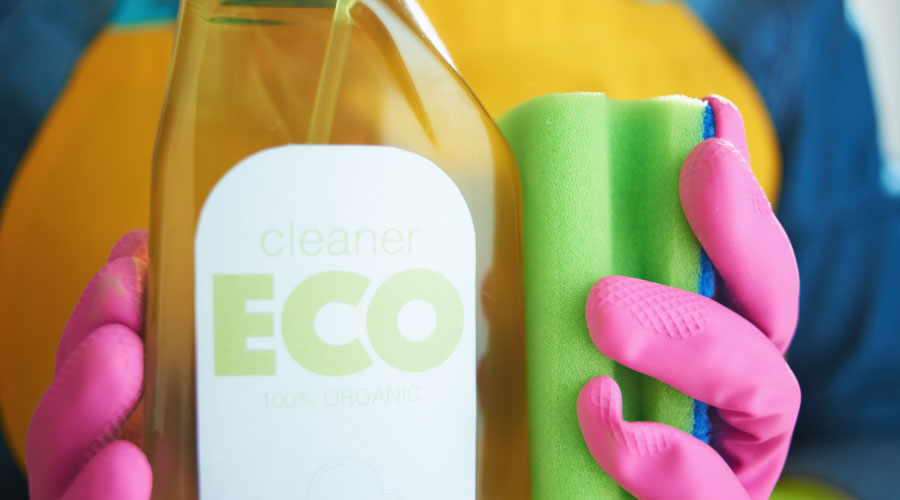Restrooms Offer Many Water Efficient Options
Restrooms offer some of the best opportunities for water efficiency. The Energy Policy Act of 1992 established reduced flow standards for restroom fixtures. On average, fixtures manufactured before 1992 require about three times the water used by fixtures that meet current standards. Restrooms are one of the largest water users in a typical commercial or institutional building, so the opportunities for savings are large.
But some facility managers have resisted replacing older fixtures with new, low-flush units because of problems that users faced with the early generation units. Unfortunately, most of the early generation of low-flush units were nothing more than slightly modified traditional models. Those problems however, have been addressed in the newer generation units that have been designed from the ground up to use less water.
How much savings can be experienced with these low-flush units? A pre-1992 water closet required from 4 to 7 gallons per flush. Today’s models use 1.6 gallons per flush. Pre-1992 urinals required 3.5 to 5 gallons per flush. Today’s urinals use 1 gallon per flush. The cost to replace existing units with low-flush units depends to a great extent on the particular model selected. Low-flush water closets start at $150 per unit while low-flush urinals start at $300. Depending on the occupancy of the building and the frequency of restroom use, facility managers can expect a payback of 1 to 2 years for fixture replacement.
Low-flow faucets in restrooms can produce similar savings. Pre-1992 faucets typically use between 5 and 7 gallons per minute. Today’s low-flow units use 0.5 gallons per minute, and start at less than $100 per unit.
Low-flush and low-flow fixtures are a good starting point in reducing restroom water requirements. Managers can also consider installating touchless controls. Touchless controls in restrooms have been widely promoted for hygienic reasons, but they can also reduce toilet and urinal water use.
Touchless controls offer a significant maintenance benefit as well. Manual controls on flush valves and faucets tend to be high-maintenance items that are subject to users’ abuse. By eliminating user contact, the abuse and resulting maintenance issues are minimized.
Water use can be totally eliminated from urinals through the installation of waterless urinals. These urinals use a biodegradable, immiscible fluid that controls odors by forming a barrier on top of the waste. Units have been successfully used in a wide range of applications including those with high traffic rates.
A less obvious measure to conserve water is the installation of point-of-use water heaters. In conventional hot water systems, the water heater is generally located at some distance from the restroom. This means that users must run water for a period of time before the water becomes warm, thus wasting water. In contrast, point-of-use systems generate hot water where it is being used, eliminating both the lag time and the wasting of water.
Another option available to facility managers, particularly during major building renovations, is the installation of a gray water distribution system. Gray water is any wastewater from the facility that does not contain organic or human waste. Typical sources include laundries, non-kitchen sinks, showers, and rainwater. Gray water systems collect water, pass it through a filtering system into a storage tank, then distribute it to end uses such as urinals and water closets. Because the systems require dedicated piping and equipment, gray water systems are best suited for new construction or major renovations.
Similarly, consider installing a rainwater harvesting system. Building roofs can serve as a collection point for rainwater. Instead of using the gutter and downspout system to direct water to the ground, they direct water to a storage tank. Filtering and treatment can keep the water clean and safe for use in irrigation and other systems. How much can be collected depends on annual rainfall.
Related Topics:














